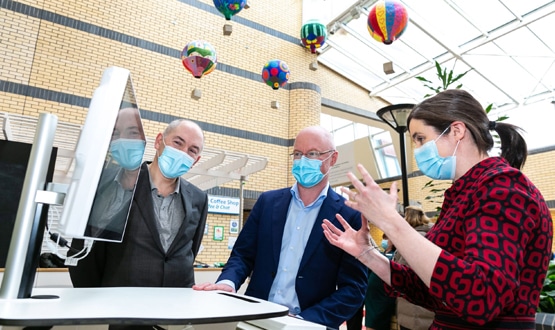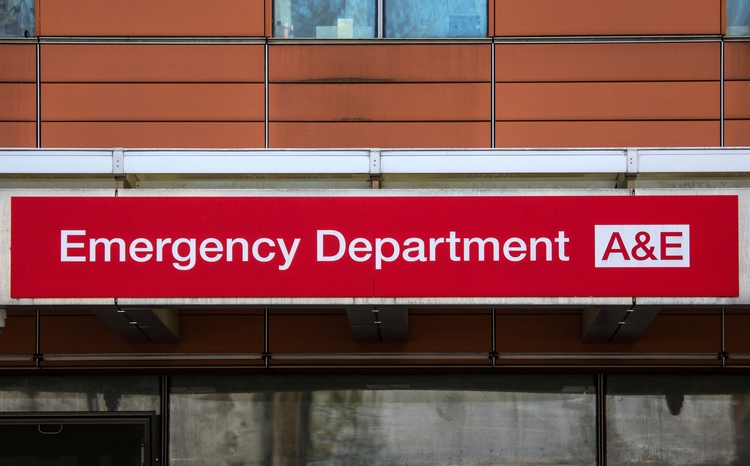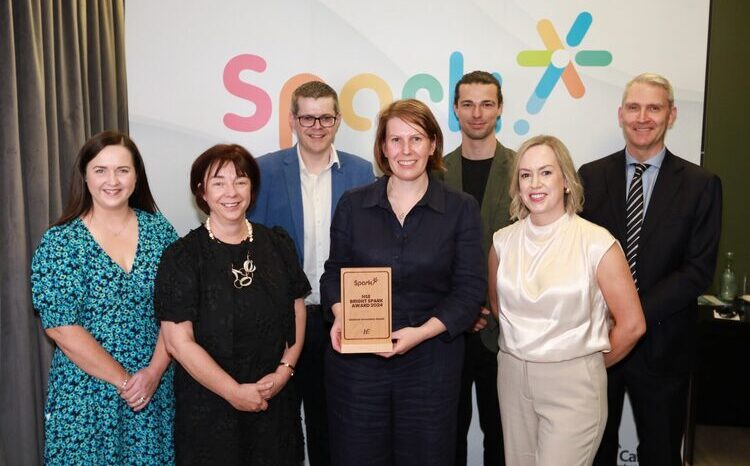Tallaght University Hospital goes live with new Kainos EPR
- 1 March 2022

Tallaght University Hospital in Dublin has gone live with a new electronic patient record (EPR) with the aim of improving the flow of information within its healthcare services.
Provided by Kainos, the Synergy EPR has been implemented to support Tallaght’s strategic goal of creating a ‘hospital without wall’s and ensure latest patient information is available across the hospital and its multiple locations for all patients and staff, helping to improve patient care.
Via the record, healthcare staff at Tallaght can access a single view of each patient to examine and review test results, medications, discharge summaries and more from all departments involved in a patient’s healthcare journey.
It is hoped the new EPR will benefit staff and patients at both the main hospital site, as well as all of its community locations.
Lucy Nugent, CEO of Tallaght University Hospital, said: “Synergy addresses our requirements on many levels here in TUH – from improving workflow capability and interoperability of different clinical systems to enabling us to move on from older ICT, ensuring our patients receive the best care and our clinicians have a full holistic view of patients.
“We have also been able to reduce costs and our carbon footprint.”
Synergy was able to integrate with other ICT systems Tallaght had already invested in, as well as create additional functionality to capture patient data in digital form rather than on paper. It was able to achieve the go live despite disruption from the covid-19 pandemic and the cyberattack on Ireland’s health services last May.
Synergy is based on the Evolve Cloud platform and was developed in partnership with Kainos. The digital technology company developed the platform to enable its customers to adopt cloud-based solutions in healthcare, in alignment with the Government Public Service ICT Strategy and adoption of cloud services.
Brendan Mooney, CEO of Kainos, said: “We have designed the system at TUH to be agile and operate according to what works best for the TUH team and their patients. With more information and clearer data at their fingertips, staff are able to have improved care-related discussions directly with the patient. Removing the need to search and rely on paper records saves valuable time for healthcare workers, giving them more time to provide direct patient care.”




